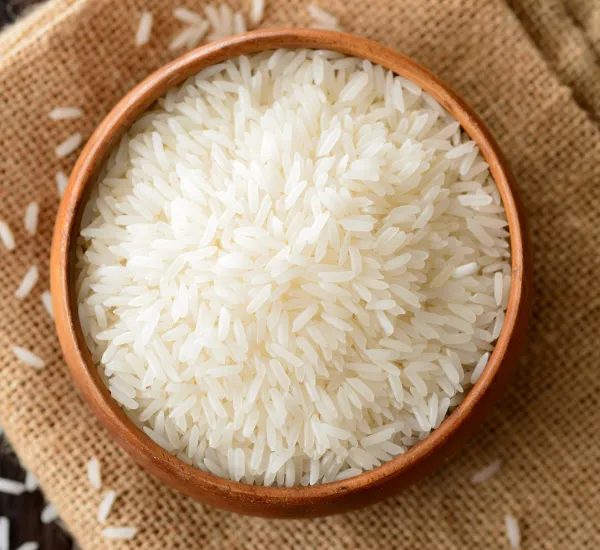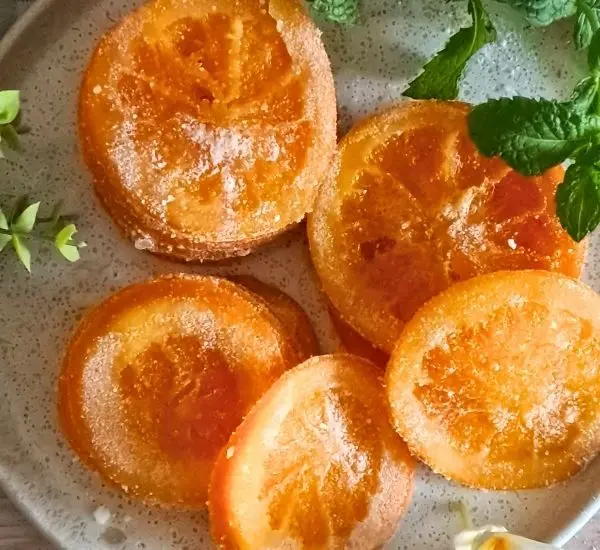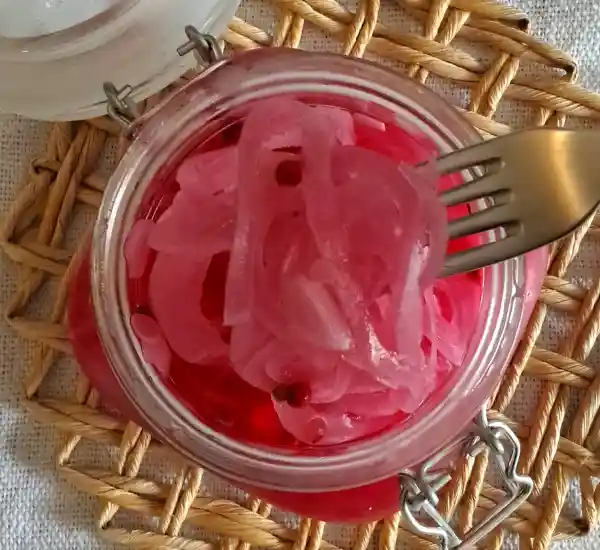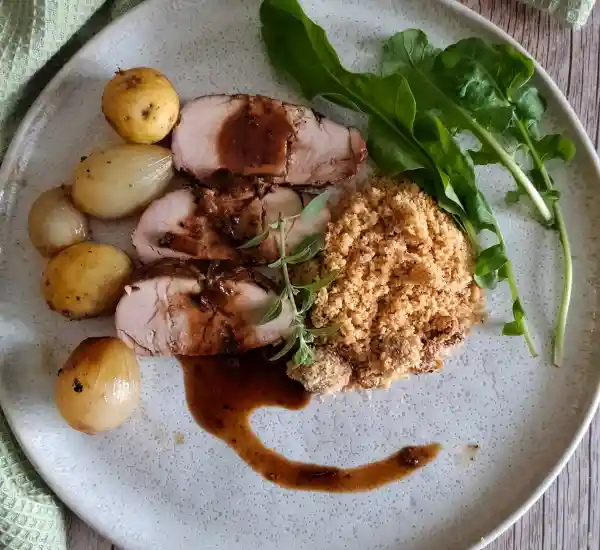*This post may contain affiliate links, please read full disclosure here.
- Rice, the Unsung Hero of Your Kitchen (That You Might Be Underestimating)
- A (Very) Brief History of Rice
- The Rice Basics (Because "Fluffy & Loose" Shouldn’t Be a Gamble)
- So… Which Method Should You Use?
- Method 1: Stovetop Rice
- Method 2: Microwave Rice
- Method 3: Electric Rice Pan
- Want More Flavor? Try This
- 5 different Rice Recipes (Because Now You’re Ready)
- Tools We Like)
- Nutrition Notes
- Tasty Thoughts
Rice, the Unsung Hero of Your Kitchen (That You Might Be Underestimating)
Let’s talk about how to cook rice. Not the boxed kind with mystery seasoning packets, but the real deal: plain, everyday rice that shows up in kitchens from São Paulo to Seoul. It’s affordable, versatile, and shows up for you whether you’re throwing together a Tuesday stir-fry or pulling off a fancy dinner party. And yet, cooking it can feel oddly intimidating—like it’s waiting to betray you with mush or crunch.
Spoiler: it doesn’t have to.

This post is your shortcut to rice confidence. I’ll walk you through three practical, beginner-friendly ways to cook rice that won’t require a culinary degree or a call to your mom. Choose between:
- Stovetop (classic, a little old-school, still great)
- Microwave (yes, really)
- Electric rice pan (set it and forget it, bless)
And while we’re at it, we’re also diving into a bit of rice history, tackling common beginner questions, and sharing five of the most searched rice recipes online right now—because let’s be honest, once you’ve nailed the cooking part, you’ll want to know exactly what to make next.
A (Very) Brief History of Rice
Rice has been around for over 9,000 years. It was first cultivated in Asia, spread across the globe, and is now a staple for more than half the world’s population. It shows up in sushi, paella, risotto, biryani, rice and beans…
There are literally tens of thousands of varieties of rice grown today. Some are fragrant (like jasmine), some are sticky (like sushi rice), some are chewy (like brown rice), and some are just your classic, no-drama white rice that goes with everything.
And yet, for something so universal, rice still has people second-guessing water ratios and pan sizes. Let’s fix that by learning how to cook rice.

The Rice Basics (Because “Fluffy & Loose” Shouldn’t Be a Gamble)
Before we jump into the methods on how to cook rice, let’s cover a few must-know basics that make or break your rice game:
What kind of rice should I use?
Here’s the short version:
- Long-grain (jasmine, basmati): light, fluffy, loose, non-sticky
- Medium-grain: a little creamier
- Short-grain: soft and sticky (great for bowls and sushi)
For this post, we’re focusing on regular white rice (the most common kind in everyday cooking). If you’re using brown rice or anything fancy like black or wild rice, just know the water and time will change.
Should I rinse it?
Ah, the great debate. Here’s the deal:
- Want fluffy, separate grains? Rinse it.
- Want it a little stickier? Don’t.
At our place, Mamy always rinses. I rinse when I remember (or when she’s watching). Either way, your dinner will survive.
Do I need oil?
Yes. A little drizzle of neutral oil (like sunflower or canola) keeps the rice from sticking and makes it easier to fluff. No need for butter or fancy infusions—keep it simple.

So… Which Method Should You Use?
The typical water ratio for white rice is 2:1—that means two cups of water for every one cup of rice. In other words, the water should be double the amount of rice.
Always check your appliance instructions for quantities.
| Method | Best For | Time | Water Ratio | Hands-on Level | Texture |
|---|---|---|---|---|---|
| Stovetop | Regular meals | 15–20 min | ~2 :1 | Medium | Classic, fluffy |
| Microwave | Quick lunches, solo cooking | 10–15 min | 1.5 or 2:1 | Low | Soft, steamy |
| Rice Pan | Batch prep, consistent results | 20–30 min | Auto or 2:1 | Almost zero | Even, reliable |
Method 1: Stovetop Rice
The one you probably grew up with.
Step-by-step:
- Rinse 1 cup of rice (if you feel like it).
- Boil 2 cups of water in a saucepan.
- Add rice, a pinch of salt, and a drizzle of oil.
- Stir once. Just once.
- Cover with a tight lid, lower heat to low, and let it simmer for 15–18 minutes.
- Turn off the heat and let it rest for 10 minutes.
- Fluff with a fork. Done.

Common Questions:
- Why can’t I lift the lid while it cooks? Because steam = magic. Lifting lets it escape.
- Why is it sticking? Use a little oil and keep the heat low once it’s covered.
Great with:
- Filet Mignon with Red Wine and Pink Peppercorn Sauce
- Roasted Veggies
- Leftover anything
Method 2: Microwave Rice
Surprisingly reliable, especially if you’re short on time or pans. Just make sure to use a microwave-safe bowl that’s actually recommended for cooking rice.
This is the method Mamy and I use most often. Why? Because it’s just practical. No stove to watch, no guessing if the heat is too high or too low—we toss it in, press the buttons, and move on with life. We always recommend checking your microwave’s manual for the right timing and power level, because honestly, they’re all a little different.
And here’s our trick: after it’s done cooking, we just leave it in the microwave for a solid 30 minutes (yes, really). No touching, no fluffing. We let it rest with the door closed so the steam finishes the job. After that? Fluff with a fork and voilà—perfect, fluffy & loose, separated rice (what we call ‘soltinho’ back home).
Mamy adds chopped onion and garlic right into the bowl before microwaving. I skip the extras and keep it plain with just salt. She says I’m missing out, I say I’m saving the flavor for the main dish. Choose your own rice adventure.
Step-by-step:
- In a microwave-safe bowl, combine 1 cup rice, 1.5 to 2 cups water, a pinch of salt, and a drizzle of oil.
- Cover loosely with a plate or lid (let the steam escape).
- Microwave on high for 10 minutes (or follow your microwave’s instructions).
- Let it sit, covered, in the microwave for at least 30 minutes.
- Fluff with a fork and serve.

Common Questions:
- Won’t it boil over? Use a deep bowl and don’t overfill.
- Why rest it so long? That’s where the magic happens—resting time lets the rice finish steaming and settle into perfect texture.
- Can I season it differently? Absolutely. We often cook a plain batch and flavor it later depending on the dish.
Oh—and we usually cook a big batch, then freeze it in smaller portions. It holds up beautifully, and it’s a total time-saver during the week. We use regular white rice, type 1.
Great with:
Method 3: Electric Rice Pan
The easiest method. Hands down.
Step-by-step:
- Add 1 cup rice, 2 cups water, salt, and oil into the rice pan.
- Close the lid. Press “cook.”
- When it clicks to “warm,” it’s ready.
- Let it rest 5–10 minutes, then fluff.

Common Questions:
- Do I need to watch it? Nope.
- Can I make big batches? Yes, and it’s great for meal prep.
Great with:
- Pork Tenderloin with Mustard Sauce
- Oven Roasted Tri-Tip
- Cooking while multitasking
Want More Flavor? Try This
Rice doesn’t have to be plain. Here are a few ways to dress it up without complicating your life:
- Cook it in veggie or chicken broth
- Add a smashed garlic clove or bay leaf
- Stir in herbs or frozen peas after it’s cooked
- Finish with lemon zest for a little brightness
5 different Rice Recipes (Because Now You’re Ready)
Here are some of the internet’s favorite rice recipes that people are actually searching for:
- Egg Fried Rice – Quick, flavorful, and the best use of leftovers
- Cilantro Lime Rice – Fresh and zesty (Chipotle fans, you know)
- Cheesy Broccoli Rice Casserole – Comfort food at its finest
- Chicken and Rice Casserole – The weeknight hero
- Garlic Butter Rice – Minimal effort, maximum flavor
Pin one. Try one. Or just bookmark them for a great rice night.

Tools We Like)
- This saucepan with a glass lid — perfect for stovetop rice without guessing if the water’s gone.
- Microwave-safe rice cooker bowl — this one works well and comes with a vented lid.
- Basic electric rice cooker — no bells or whistles, just consistently cooked rice.
- Rice paddle — great for fluffing, scooping, and portioning freezer batches.
Nutrition Notes
Per 100g cooked white rice (unsalted):
Calories: ~130
Carbs: ~28g
Protein: ~2.5g
Fat: ~0.3g
Fiber: ~0.4g
Note: These values for rice portions are rough estimates based on common ingredients. For medical or dietary advice, it’s always best to consult a registered nutritionist or healthcare provider.

Tasty Thoughts
Here’s the thing: once you get comfortable with how to cook rice the right way, you’ll wonder why you ever hesitated. It’s not fussy. It doesn’t need perfection. It just needs a little know-how—and now you’ve got it.
Whether you’re team stovetop, microwave, or rice pan, this grain deserves more than your guesswork. And hey, if your first batch comes out a little too soft or too dry? Just call it “intentional” and move on.
Now you can cook your rice the way you want it, whenever you want it. A great and versatile side dish that goes with almost every main dish.
Happy cooking,
Fabi & Mamy 🧡





